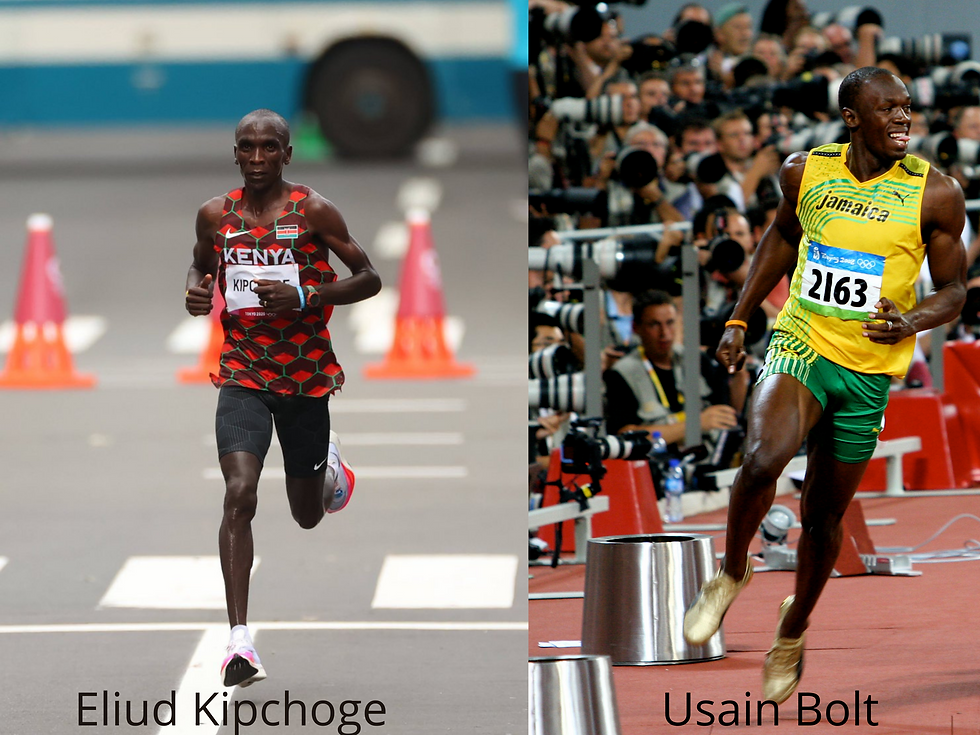When I was at university, we had a Physiology lecturer who made most of my class cry.
He was the best teacher I have ever had.

His test and exam papers would never have any straightforward questions. He would present us with a scenario and then ask us to explain why that scenario had occurred and how we thought we could correct it.
He wanted to see that we understood what we were writing about. He wanted to be assured that we could apply the knowledge we had learned into real-life examples and situations. I will never forget seeing pages and pages of my classmates’ writing, scored through with a red pen and an enormous zero scrawled across their answer. He would tell us that if we merely repeated what was written in our textbook and in the scientific articles we studied, he would have no hesitation in scoring us a zero because we had obviously memorized the information but did not understand it.
I have never scored a higher grade in any class than I did in his.
It was here that I discovered how I think about things, that if I am tasked with simply memorizing information my mind rebels, but if I understand how something works then I will never forget it. This is why, when I teach a yoga class, or design a training program, I love to explain what is happening and why it is happening that way. Before I began my studies as a personal trainer, I trained with my own PT and realized that she used a very specific range of repetitions and she told me that this was what we were doing to cause hypertrophy (muscle growth). A few weeks later I would lift extremely heavy weights for a very low number of repetitions and she told me that was to increase my strength.
I only understood why this was so when I began my studies.
There are plenty of people who are quite happy not to delve too deeply into the reasons why things work the way they do, and this article will not be of any interest to them. This article is for those who like to question why.
Let’s begin with a brief explanation of muscle fibres. We basically have 2 types, and they are conveniently named Type 1 and Type 2.
Type 1 fibres are also called red fibres or slow twitch fibres and are smaller than type 2. They don’t contract as quickly as type 2, they aren’t capable of exerting as much force as type 2 and they have a poor ability to hypertrophy (or increase in size). These fibres are also much slower to fatigue than type 2 and are aerobic in nature (require oxygen). The postural muscles in our body are predominantly type 1 fibres (the muscles that hold you in an upright position), and it is these fibres that are recruited when we are doing any kind of endurance activity.
Type 2 fibres, on the other hand, are also called fast-twitch fibres and are bigger than type 1. They are capable of contracting much faster than type 1, they can exert far more force and have a much greater ability to hypertrophy. Type 2 fibres fatigue far more quickly than type 1 and function with a combination of aerobic and anaerobic (without oxygen) energy systems.
About 25% of the population has mostly type 1 fibres, 25% mostly type 2 and the rest of us lie somewhere in the middle. Consider these two images of Eliud Kipchoge (world record marathon runner) and Usain Bolt (world record sprinter).

These two athletes are masters in their fields and perfectly represent the two opposite ends of the “fibre spectrum”. Kipchoge is lean and light, the muscles themselves lack bulk and have the exceptional endurance capabilities that his type 1 fibres afford him while Bolt has far more bulk to his muscles and showcases that explosive power of his predominantly type 2 fibres as he tears up the track over a short distance.
It makes sense then, that if we are looking to build muscle with our training – we want to target those type 2 fibres, right? So if we know that they have a far greater ability to exert force then we also know that a greater resistance (heavier weight) will recruit these fibres. So do we just pick up the heaviest weight we can? Well, as with most things, the answer is a bit more complex than that.
By picking up extremely heavy weights for one or two repetitions before having to rest, we will be achieving gains in strength but not in hypertrophy. In order for muscles to grow they require 3 things:
1. Mechanical tension (weights)
2. Muscle damage (weight training causes an inflammatory response which activates the growth process as satellite cells repair damage)
3. Metabolic stress (the byproducts of anaerobic metabolism causes anabolic hormones to be released by the body).
In order to effect muscle growth we must place enough tension (weights) on the muscle which causes damage and metabolic stress and this will initiate repair and growth of the muscle. This means that we need to subject the muscle to more repetitions in order to stimulate this process.
Sports scientists have studied all these variables at length, and have found the most effective ranges of repetitions, set numbers and rest times for various goals. These are:
GOAL | REPS | SETS | REST BTW SETS |
STRENGTH | 1 - 5 | 3 - 5 | 1 - 3 mins |
HYPERTROPHY | 6 - 12 | 3 - 4 | 1 - 3 mins |
ENDURANCE | > 13 | 1 - 3 | 1 - 2 mins |

Bình luận